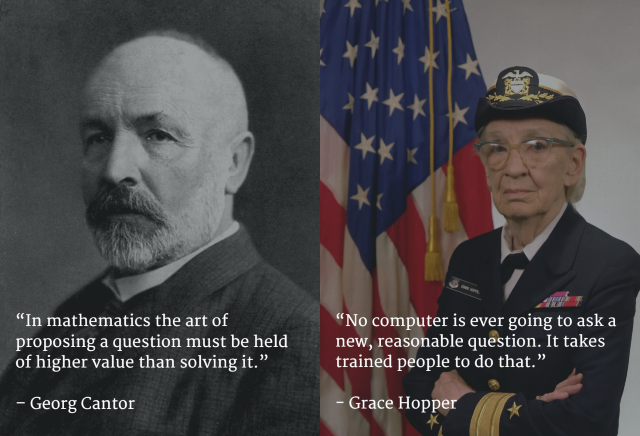
Here are two approaches you could take to learn something new:
Passive review: Consume an explanation of the topic you’re trying to learn. For example, read a textbook chapter, watch a video lecture, or read an online article on the topic.
Active recall: Do an activity that requires you to remember something that you know about the topic. For example, go through a set of flashcards, write an essay, or take a practice test.
It shouldn’t be hard to guess which of these approaches is more effective at reinforcing what you know about a topic. Although you have to consume new information at least once through a lecture or other means, continuing to passively consume the same information repeatedly doesn’t help you learn it much better. The brain seems to take retrieval more seriously than storage: neural connections are strongly reinforced when information is actively used, but information that merely arrives through the senses receives a comparatively weak boost.







